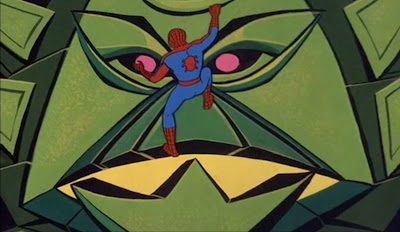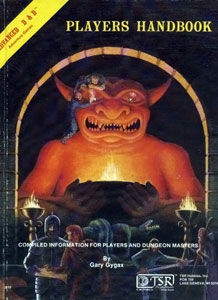To see how effective your hasty preparations have been, you must use the dice to determine your initial STRENGTH and STABILITY scores. Below, there is a Misadventure Sheet which you may use to record the details of your Campaign. On the Misadventure Sheet you will find boxes for recording your STRENGTH and STABILITY scores.
You are advised to record your scores on the Adventure Sheet in pencil.
 |
| Misadventuresheet by [ZHU] |
Strength, Stability and Luck
Roll one die. Add 6 to this number and enter this total in the STRENGTH box on the Adventure Sheet.Roll two dice. Add 12 to the number rolled and enter this total in the STABILITY box.
There is also a LUCK box. Roll one die, add 6 to this number and enter this total in the LUCK box.
For reasons that will be explained below, STRENGTH, STABILITY and LUCK scores change constantly during the campaign. You should keep mostly accurate records of these scores and for this reason you are advised either to write small in the boxes or to keep an eraser handy. But never rub out your Initial scores. Although you may be awarded additional STRENGTH, STABILITY and LUCK points, these totals may never exceed your Initial scores, except on very rare occasions, when you will be instructed on a particular page.
Your STRENGTH represents your stubbornness, force of personality, physical prowess and ability to get things done. The higher the STRENGTH score, the more chance of achieving your goals. Your STABILITY score reflects your general constitution, your will to survive, your determination and bloody-mindedness; the higher your STABILITY score, the longer you will be able to survive. Your LUCK score indicates how naturally lucky a person you are. Luck – and magic – are facts of life in the fantasy Parliamentary Democracy you are about to convince to let you rule over.
Manifesto Pledges
You must choose 3 Manifesto Pledges before you begin your quest. Each Pledge is written on a magical scroll. Choose these wisely, as the reactions of many of the creatures you meet will be determined by the Pledges you hold.
- Kill all the foxes and sell Oliphant tusks.
- Steal from the rich, give to the poor.
- Take property from The Demented.
- Free magic lessons for everyone.
- Support the Barons and Guilds.
- Support the Peasants and Artisans.
- Support the Clerics and Healers.
- Join the Great Council of Ealdamar.
- Fight an eternal war against the Darklands.
- Fight an eternal war against the Coalition of Chaos.
- Forbid all magic except under strict supervision of the Watch.
When you have chosen your 3 pledges, write them on your Misadventure Sheet. It is important to write them in pencil, as you may decide to alter them later, although this may result in serious consequences for your campaign.
Expenses and Donations
As you travel through the country you will need to pay for goods, services, bribes, henchmen, sages, hangers-on, blackmail, agitators, hair-cuts, shoes, smart clothes and so on. Write the running total in the box marked EXPENSES (actual). This number cannot exceed the total of DONATIONS you have received.
The mysterious and powerful Guild of Judges will require you to declare your EXPENSES. When this happens you can choose to declare the actual amount, or, if you wish a lesser amount. Write the amount declared in the EXPENSES (declared) box when instructed. The maximum you may declare is 300 Gold Pieces.
You will be granted Gold Pieces in Donations from various creatures, lobbyists in return for favours, power or tasks achieved. To calculate your initial DONATIONS Roll 1 Dice and add 6, If you have chosen pledge "5. Support the Barons and Guilds" multiply this number by 10. Deduct from your current DONATIONS when you spend money, and do not forget to keep track in EXPENSES (actual).
Hints on Play
There is one true way through the dungeon and it will take you several attempts to find any. Make notes and draw a map as you explore – this map will be invaluable in future adventures and enable you to progress rapidly through to unexplored sections.The one true way involves a minimum of risk and any player, no matter how weak on initial dice rolls, should be able to get through. However, hiding from monsters, debates and avoiding declaring your Manifesto Pledges is a sure path to defeat.
May the luck of the gods go with you on the adventure ahead!













